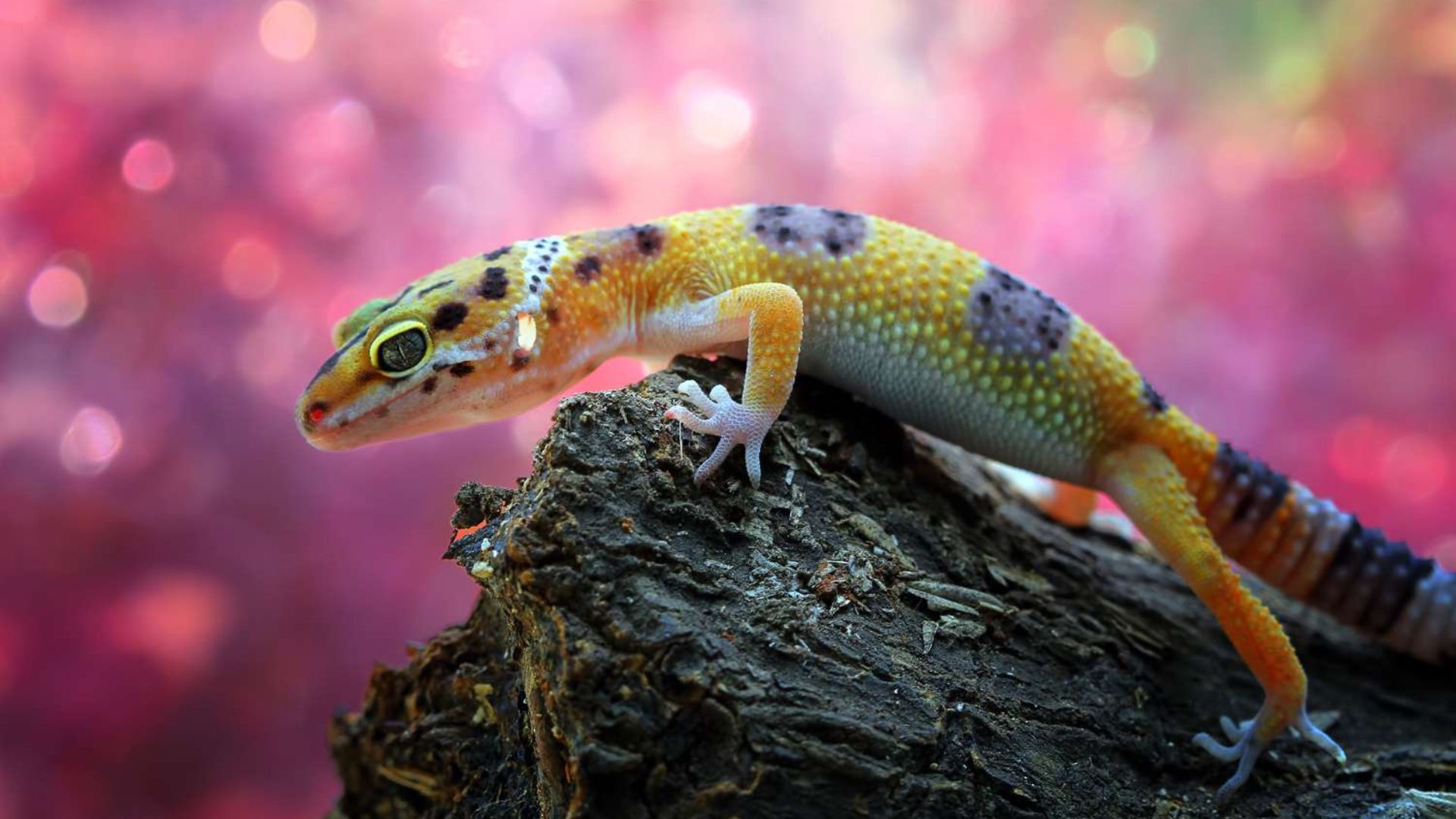Reptiles are a diverse group of cold-blooded animals that have inhabited the Earth for millions of years. From ancient dinosaurs to modern-day snakes and turtles, reptiles exhibit fascinating characteristics that set them apart from other creatures. In this article, we’ll explore 10 intriguing facts about reptiles that showcase their unique biology and behaviour.

Ancient Lineage
Cold-blooded animals have a long evolutionary history, dating back over 300 million years. They are descendants of the earliest land-dwelling vertebrates and played a significant role in shaping ecosystems during the Mesozoic Era, also known as the Age of Reptiles.
Cold-Blooded Creatures
Unlike mammals and birds, reptiles are ectothermic, meaning they rely on external sources of heat to regulate their body temperature. This adaptation allows them to thrive in a wide range of environments, from deserts to tropical rainforests.
Diverse Species
Reptiles encompass a diverse range of species, including snakes, lizards, turtles, crocodiles, and tuatara. They inhabit every continent except Antarctica and have adapted to various habitats, from oceans and rivers to forests and grasslands.
Scaley Skin
Reptiles are characterized by their scaley skin, which provides protection against predators and helps prevent water loss. These scales are made of keratin, the same protein found in human hair and nails, and can vary in size, shape, and texture among different species.
Unique Reproduction
Many reptiles reproduce by laying eggs, a process known as oviparity. However, some species, such as certain snakes and lizards, give birth to live young, a phenomenon called viviparity. In either case, reptile embryos develop inside eggs or within the mother’s body before hatching or being born.
Venomous Defense
Some reptiles, such as snakes and certain lizards, possess venomous glands that produce toxins used for hunting or defence. Venomous snakes inject venom through specialized fangs, while venomous lizards deliver toxins through their saliva or specialized glands.
Longevity
Reptiles are known for their longevity, with many species exhibiting remarkable lifespans. Some tortoise species, for example, can live for over 100 years, while certain snakes and crocodiles can survive for several decades in the wild.
Regenerative Abilities
Several reptile species possess regenerative abilities, allowing them to regrow lost or damaged body parts. For example, some lizards can regenerate lost tails, while certain turtles can repair damaged shells over time.
Environmental Indicators
Reptiles, as cold-blooded creatures, are deeply intertwined with their environments, making them excellent indicators of environmental health and biodiversity. Their presence or absence within ecosystems can offer significant insights into the overall condition and balance of habitats. For instance, the abundance and diversity of reptile species in a given area can indicate the health and resilience of the ecosystem. A wide range of reptiles suggests diverse habitat conditions, including suitable temperature, moisture levels, and vegetation types, which are essential for supporting various species within the ecosystem. Conversely, a decline or absence of reptile populations may signal habitat degradation or loss due to factors such as deforestation, pollution, or climate change.
Moreover, reptiles are sensitive to changes in their surroundings, particularly in response to pollutants and contaminants. Certain reptile species serve as bioaccumulators, meaning they accumulate toxins from their environment in their bodies over time. Monitoring the health and population trends of reptiles can help identify the presence of environmental pollutants and assess the effectiveness of pollution control measures.
Cultural Significance
Cold-blooded animals have played significant roles in human cultures and mythology throughout history. From ancient civilizations worshipping serpent gods to modern-day symbolism in literature and art, reptiles continue to captivate and inspire human imagination.
Conclusion
Reptiles are a fascinating group of animals with unique adaptations and behaviours that have evolved over millions of years. From their scaley skin and cold-blooded metabolism to their diverse reproductive strategies and cultural significance, reptiles continue to intrigue scientists, nature enthusiasts, and cultures around the world. Understanding these remarkable creatures is essential for appreciating the intricate web of life that exists on our planet.
